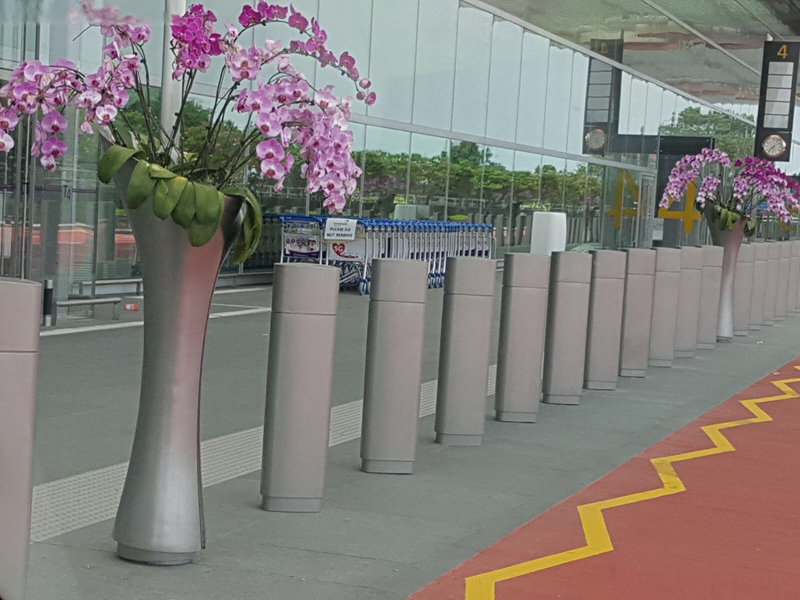 New research has highlighted the importance of striking the right balance between security and aesthetics when securing public spaces, particularly in locations of historic interest or with recognisable design vocabularies.
New research has highlighted the importance of striking the right balance between security and aesthetics when securing public spaces, particularly in locations of historic interest or with recognisable design vocabularies.
The Future of Urban Design report by ATG Access revealed that a third (32%) of architects, specifiers and urban planners have found that local residents are often reluctant to have the look of an area changed by the implementation of physical security measures.
The research shows that the majority of urban design professionals themselves are aware of the importance of incorporating security solutions into their projects, with 82% agreeing that they make a positive addition.
However, some also expressed their own concerns around the impact that these measures can have on a development’s aesthetic appeal. According to the survey, 40% find incorporating security measures into new developments without impacting their aesthetic appeal a key design challenge.
2% admitted that they actively dislike them and try to avoid including security measures in their designs wherever possible. On the other hand, 8% of those surveyed said that, while they would prefer not to include security measures in their projects, they are conscious that many people like to see them.
Iain Moran, director at ATG Access, commented: “Our research really highlights the importance of preserving the visual appeal of public spaces while also protecting people from threats such as vehicle attacks.
“Security measures will have an increasingly large part to play as our cities continue to evolve over the coming years, with a growing focus on smart automation, reducing carbon emissions and transforming retail centres into leisure hubs, so it’s crucial that we maintain positive feeling towards them.
“When implemented sensitively and correctly, security solutions offer the public a sense of reassurance and comfort, without detracting from historic landmarks or the design of the wider development, or creating a fortress mentality amongst those using the space.”

